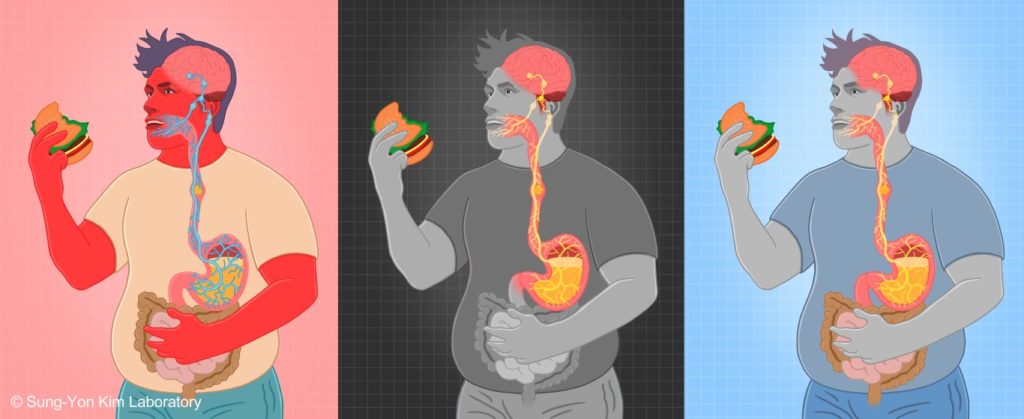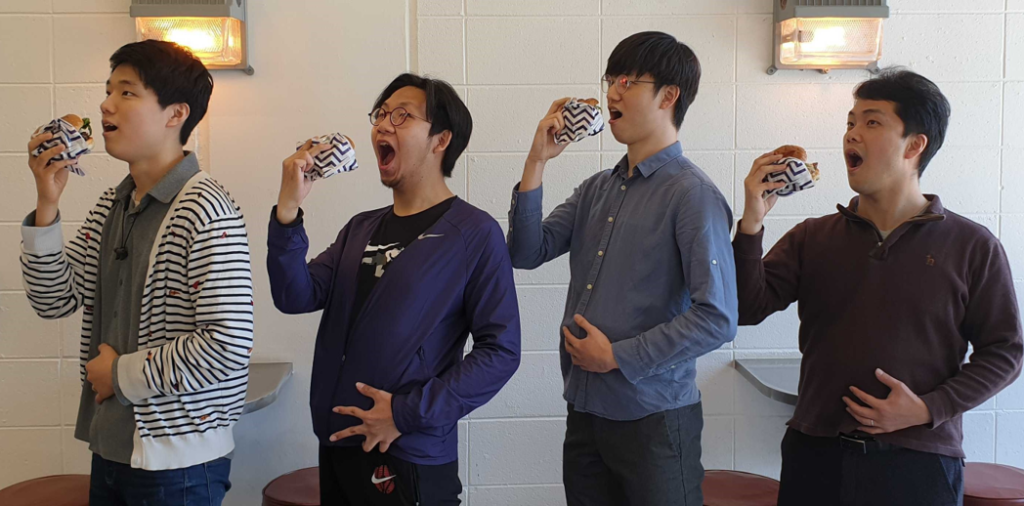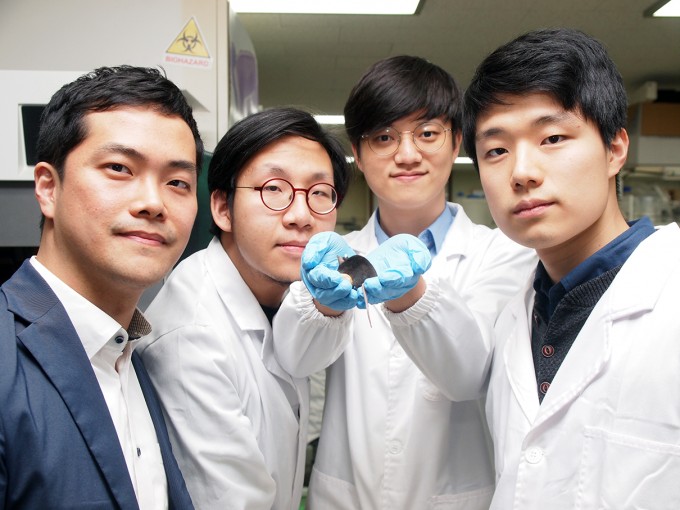New paper from K-lab–it is now online at Nature!
Kim, D. -Y., Heo, G., Kim, M., Kim, H., Jung, S., An, M., Ahn, B. H., Park, J. H., Park, H. -E., Lee, M., Lee, J. W., Schwartz, G. J. and Kim, S. -Y. (2020). A neural circuit mechanism for mechanosensory feedback control of ingestion. Nature. 580(7803):376–380.
How do we stop eating when we feel full? We found a mechanism by which the distension of the digestive tract prevents harmful overconsumption.
In addition to the chemosensation of taste, osmolality, and nutrient, mechanosensation in the digestive tract plays an important role. It provides the information on the intake rate and amount, for one thing. How this information is relayed to the brain and regulate appetite remains unclear.
We found that Pdyn-expressing neurons in the parabrachial neurons monitor both eating and drinking using mechanosensory signals arising from the upper digestive tract. These neurons then produce aversive and sustained appetite-suppressing signals to discourage the initiation of eating and drinking (rather than terminating already ongoing bouts) in part via signaling to the paraventricular hypothalamus.
Huge congrats to Dong-Yoon, Gyuryang, and Minyoo and all team members!
![]() This paper was highlighted as the lead highlight in the June issue of Nat Rev Gastroenterol Hepatol.
This paper was highlighted as the lead highlight in the June issue of Nat Rev Gastroenterol Hepatol.
Also, this work was covered by Dong-A Science and Dong-A Ilbo (in Korean).

A pop art impression of the gut-brain neural circuits underlying satiety, inspired by Kim et al., Nature 2020.
25-min talk about Kim et al. Nature (2020) paper, presented at the SSIB 2021 meeting, the Annual Meeting of the Society for the Study of Ingestive Behavior. Check out the SSIB 2021 website for more information (https://www.ssib.org/virtual/index.php).


The first and corresponding authors. (Photo credit: Shin-Young Yoon, Dong-A Ilbo)